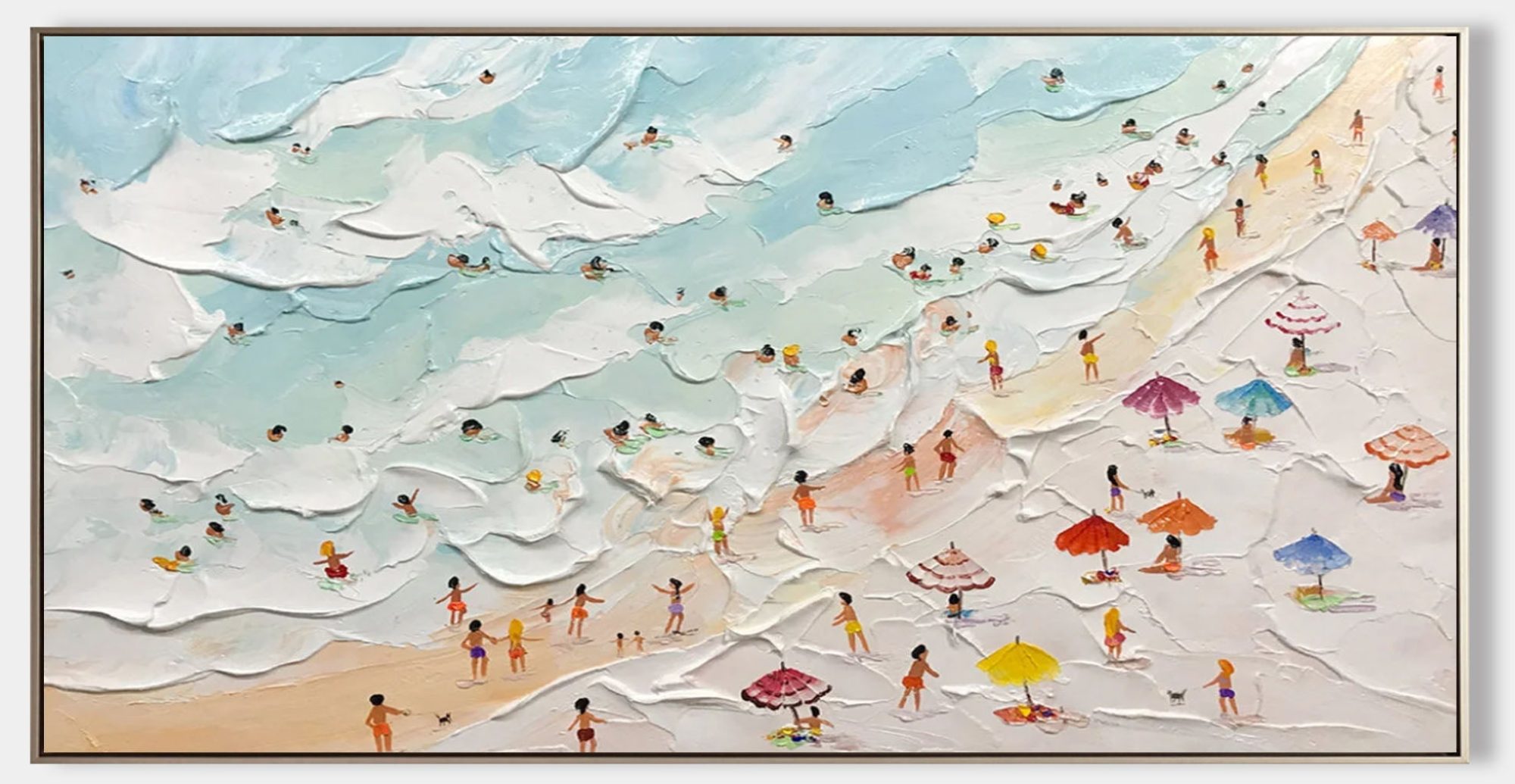There’s something irresistible about floral oil paintings that you can almost touch. The thickness of the paint, the peaks and grooves—they make the artwork feel alive. Textured flower painting is all about capturing emotion through physical layers. If you’ve never tried this before, it’s easier (and more fun) than you might expect!
What Makes Textured Oil Painting Special?
Texture brings flowers to life. It helps replicate the softness of petals and the raw strength of stems without being overly detailed. This method leans into freedom, spontaneity, and expression—perfect for artists who want to paint with feeling instead of following strict outlines.
Not to mention, textured floral wall art fits beautifully in modern homes. Whether you’re decorating a cozy nook or a minimalist apartment, these kinds of paintings make great statement pieces. For inspiration, take a look at some beautiful textured art examples on OKarty.com — it might just spark your next project.
Must-Have Materials
Before you start, prepare these items:
- Oil paints in your favorite floral tones (lavenders, reds, deep oranges)
- Palette knife or painting spatula
- Impasto medium for thickening the paint
- Textured canvas or primed wood panel
- Paper towels and gloves (things get messy—in a good way)
You don’t need fancy gear. What matters is how confidently you apply your strokes.
Easy Steps to Try
Here’s a simple textured painting process anyone can follow:
- Choose Your Flower Style – Think loose poppies or abstract daisies.
- Build the Background – Start with a neutral color wash. It doesn’t need to be perfect.
- Mix Paint Generously – Add impasto medium to your colors to get that thick, buttery consistency.
- Apply with Movement – Use a knife to apply paint in sweeping motions. Let it be expressive.
- Play with Contrast – Use dark and light tones to build volume in the petals.
Tip: Don’t try to “fix” every imperfection. Let the irregularities add character!
Displaying Your Textured Flowers
Finished a piece? Hang it where natural light hits—textured paintings shine with depth when the light casts shadows over them. Living rooms, creative studios, or even bathrooms can benefit from this touch of artistic energy.
And remember: a well-placed painting can change the entire atmosphere of a room. That’s the power of textured wall art.
